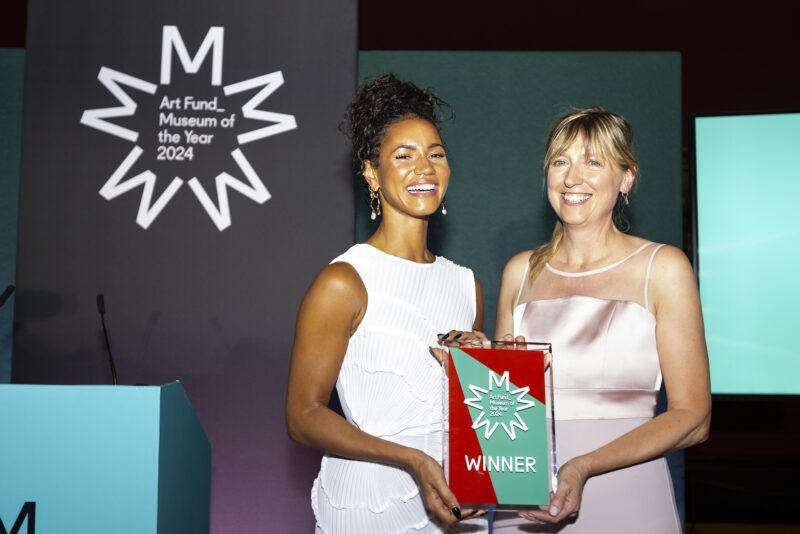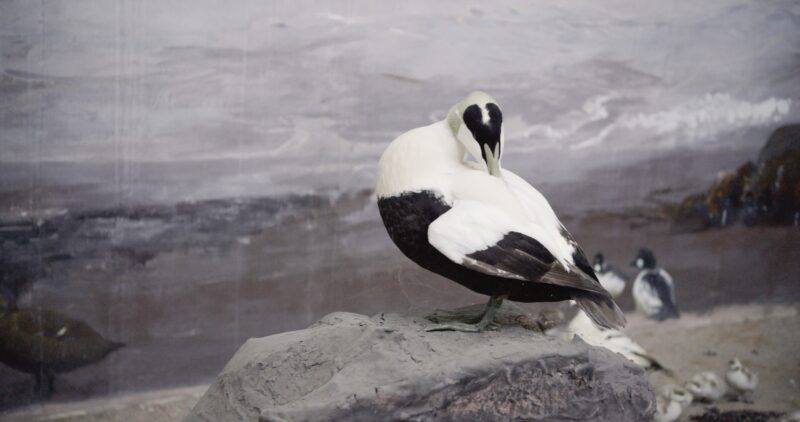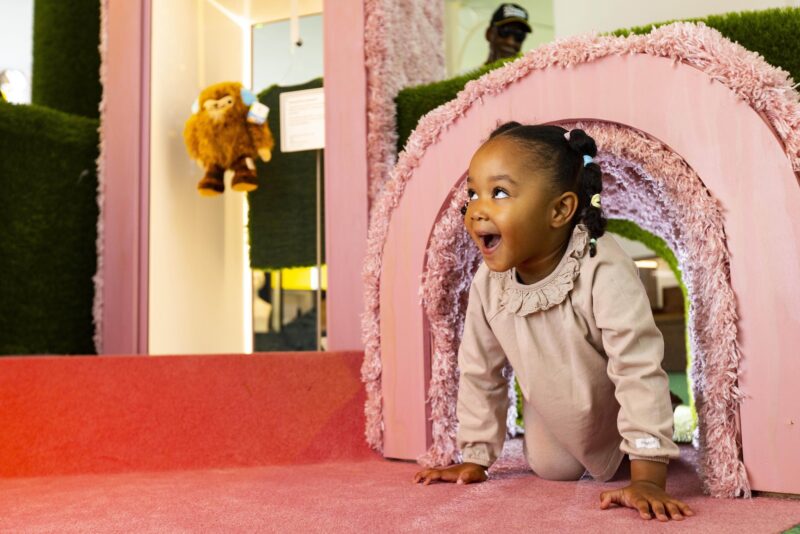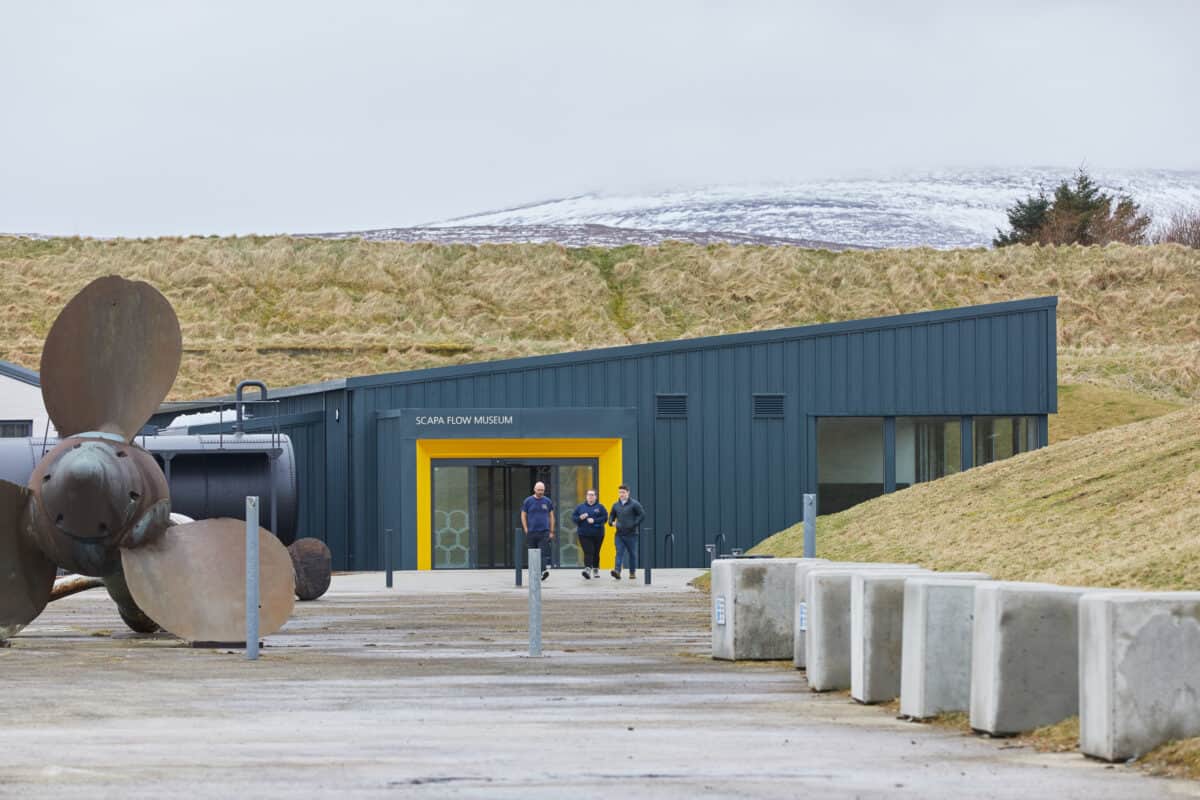
Art Fund, the UK’s national charity for art, today announced the five museums selected as finalists for Art Fund Museum of the Year 2023, the world’s largest museum prize.
The shortlisted museums are: The Burrell Collection (Glasgow), Leighton House (London), The MAC (Belfast), Natural History Museum (London) & Scapa Flow Museum (Orkney)
Art Fund annually shortlists five outstanding museums for Museum of the Year. The 2023 edition celebrates 10 years of Art Fund Museum of the Year, a prize grounded in 50 years of history championing the UK’s 2,500 museums, galleries and heritage sites. The shortlisted museums demonstrate transformational impact, redeveloping their offers with diverse and inspiring stories at their heart and responding to vital issues of today.
The winning museum will be announced at a ceremony at the British Museum in London on 12thJuly and will receive £120,000, especially increased for 2023 and beyond to mark 120 years of Art Fund supporting museums. £15,000 will be given to each of the four other finalists – bringing the total prize money to £180,000.
The 2023 judging panel, chaired by Art Fund director Jenny Waldman, includes: Larry Achiampong, artist; Mary Beard, historian and broadcaster; Abadesi Osunsade, Art Fund Trustee, author and owner of Hustle Crew, and Laura Pye, Director, National Museums Liverpool. The judges will visit each of the finalists to inform their decision-making, while each museum will make the most of being shortlisted over the summer through events and activities for new and current visitors.
Speaking on behalf of the judges, Jenny Waldman, Director, Art Fund said,
The five Art Fund Museum of the Year 2023 finalists are at the top of their game, offering inspirational collections and programmes for their communities, for visitors from across the UK and around the world. From transformational redevelopment to community involvement to addressing the major issues of today, the shortlisted museums may operate at very different scales, but all show astonishing ambition and boundless creativity. Each is a blueprint for future innovation in museums. Visit them if you possibly can.
The prize is funded thanks to the generosity of Art Fund’s members who buy a National Art Pass. Pass holders enjoy discounts and benefits at the shortlisted museums and hundreds more.
Marking the 10th year of Art Fund Museum of the Year, Art Fund has collaborated with Google Arts & Culture to present the last decade of the prize. The new online experience, launching today 22nd May, gives an exclusive overview of the shortlisted and winning museums. The stories, rich in imagery and insight from museums and judges, showcase previous winners ranging from Yorkshire Sculpture Park, Wakefield (2014 winner) to St Fagans National Museum of History, Cardiff (2019 winner) and Horniman Museum and Gardens, London.
Art Fund Museum of the Year continues its collaboration with the BBC in 2023
THE SHORTLISTED MUSEUMS

The Burrell Collection (Glasgow) in Pollok Country Park houses the 9,000-object collection of Sir William and Constance Burrell. Managed by the charity Glasgow Life, it was officially reopened by King Charles in March October 2022 following a major refurbishment and redisplay, which aimed to celebrate diversity through the museum’s rich and varied collections Collection and create the most accessible, and inclusive and sustainable fine and decorative arts museum in the world. The Collection includes one of the UK’s most significant holdings of Chinese art, some of the world’s finest medieval stained glass and tapestries, and paintings by artists including Rembrandt and Degas. The Burrell Collection welcomed over 500,000 visitors in the year after its reopening and contributed an economic impact of £20m for Glasgow in its first six months. The redisplay was co-curated with a wide range of community groups to ensure the museum showcases diverse and inclusive perspectives, and the Collection Burrell team also partnered with local schools and a range of diverse community groups to amplify their voices. Over 100 pieces of unique digital interpretation from immersive experiences to interactive games give context and meaning to the collection on a scale and to a quality previously unseen with decorative and fine art collections.
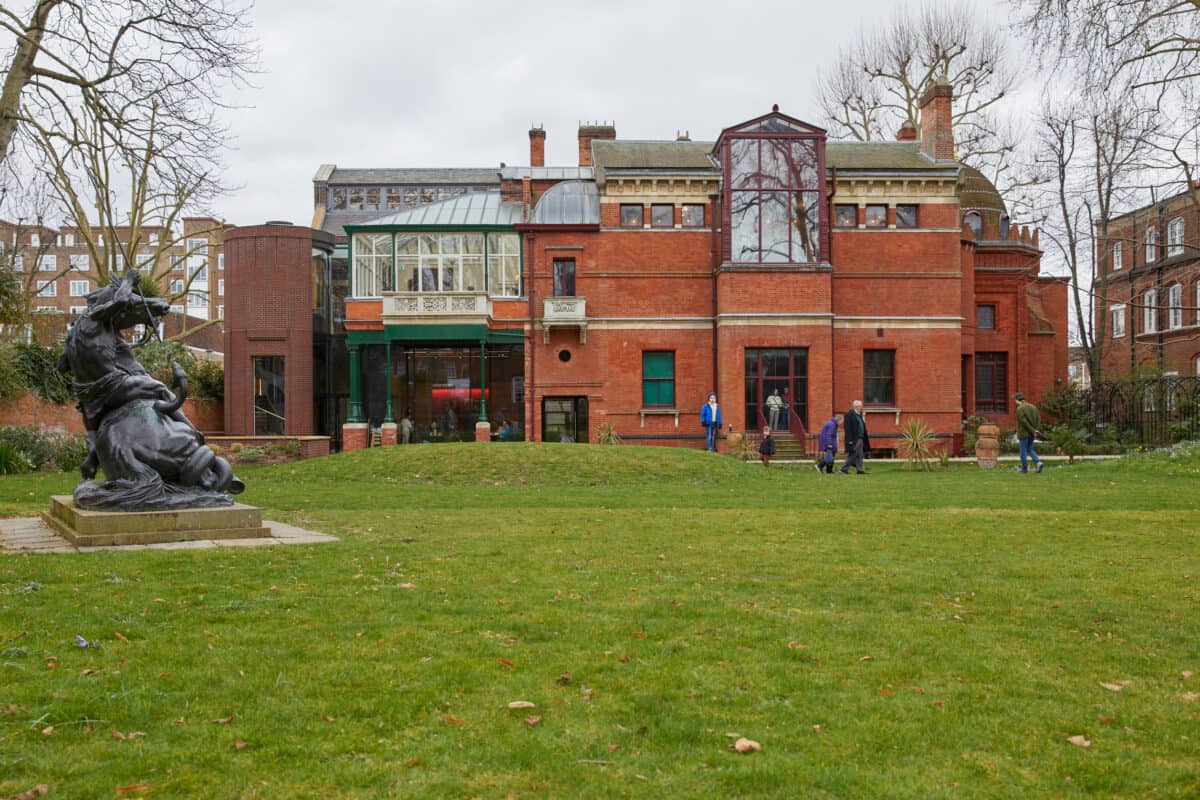
Leighton House (London) is the spectacular former studio-home of leading Victorian artist Frederic, Lord Leighton. A public museum since 1900, it reopened in October 2022 following its transformational ‘Hidden Gem to National Treasure’ redevelopment. The sensitive restoration of Leighton House goes beyond the presentation of the home of a Victorian painter to explore broader themes of identity and cultural interaction and celebrate curiosity in the wider world. As part of the project, the museum undertook painstaking research to continue to bring Leighton’s collection back together. It has also worked closely with contemporary artists and makers to create works of art that resonate with the influences of the house and connect with wider audiences. This includes furniture made by displaced Syrian artisans and artwork commissioned from international artists, including a striking mural titled ‘Oneness’. Owned and operated by Kensington and Chelsea Council and supported by the registered charity, The Friends of Leighton House, 14 staff and 80 volunteers deliver a pioneering programme of exhibitions, learning and engagement activities.
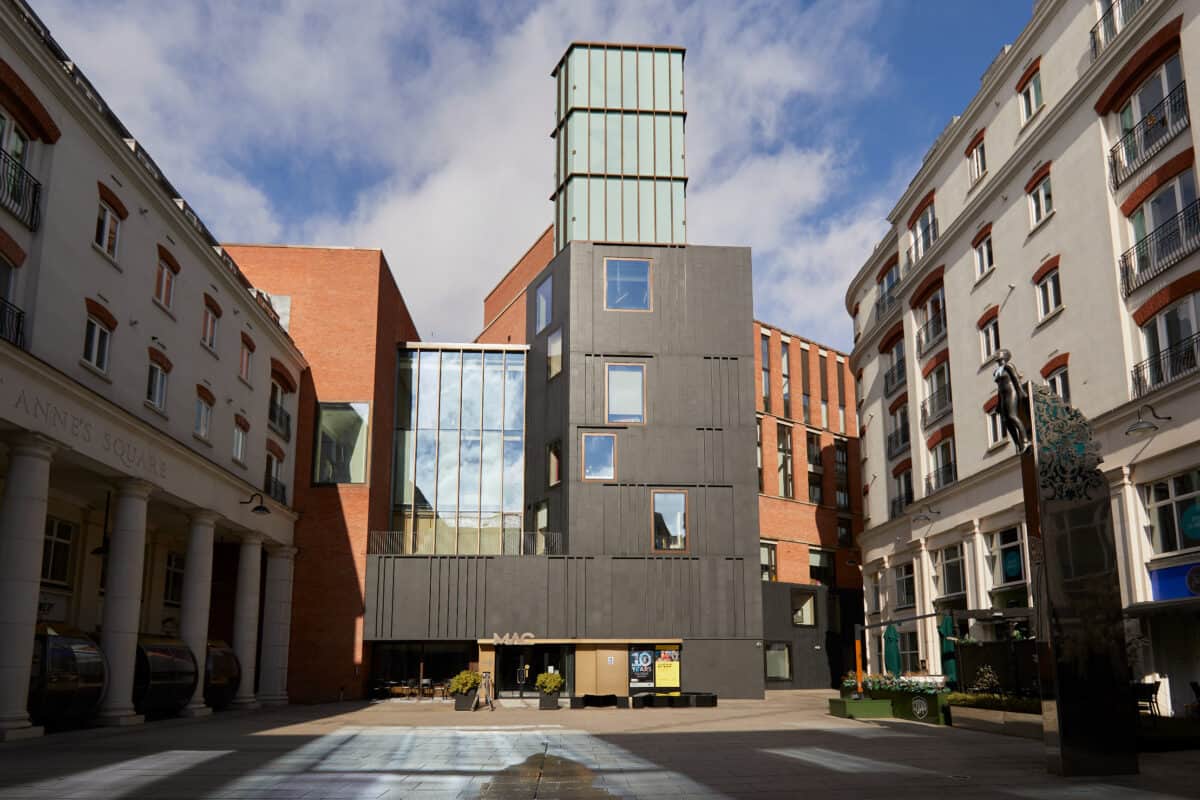
The MAC (Belfast) is Northern Ireland’s leading art centre and a key driver in Belfast’s social, physical and economic regeneration. Celebrating 10 years, the MAC exists to make Northern Ireland a better place for all of its citizens by enabling people to imagine, create, enjoy, and participate in outstanding art. The MAC galleries bring major international artists to a local audience, often for the first time in Ireland, whilst also positioning Northern Irish artists within an international context. Alongside its role as a leading arts institution, the MAC places equal emphasis on its civic and cultural responsibility to the people of Northern Ireland, demonstrated through its MACtivate programme. This programme brings together a network of Associate Partners who work with some of the most marginalised people in society, enabling the museum to reach far beyond traditional arts audiences and ensuring that the MAC’s work reflects the interests and concerns of all communities. The MAC has worked with its partners to raise awareness of the housing crisis in Northern Ireland, commissioned artists to create works that campaign for the well-being of LGBTQIA+ people and advocated on behalf of reproductive rights organisations in Northern Ireland.
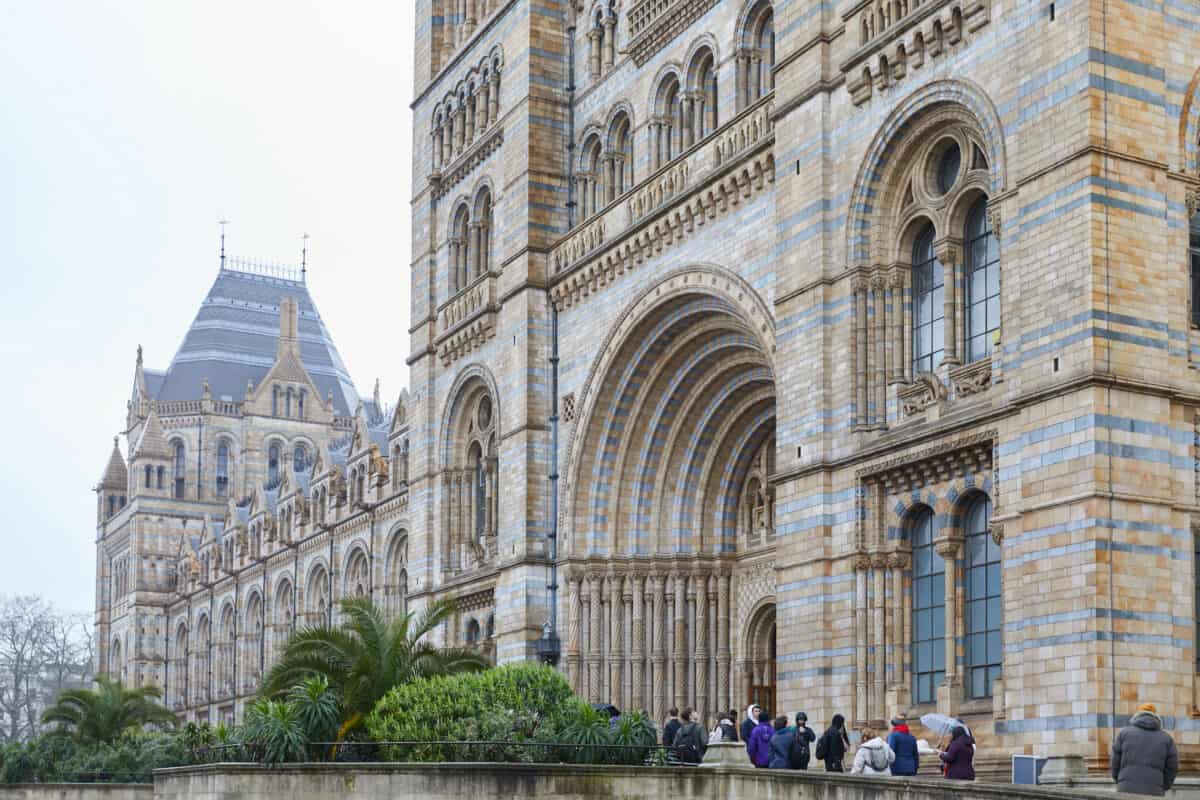
The Natural History Museum (London) is both a world-leading science research centre and the most-visited indoor attraction in the UK. The custodian of one of the world’s most important scientific collections comprising over 80 million specimens, the museum has a vision of a future in which both people and the planet thrive and is uniquely positioned to be a powerful champion for balancing humanity’s needs with those of the natural world. The Museum’s 350 scientists are finding solutions to the planetary emergency from biodiversity loss through to the sustainable extraction of natural resources, and the collection is accessed by researchers from all over the world both in person and via over 50 billion digital data downloads to date. The Museum uses its global reach and influence to meet its mission to create advocates for the planet – to empower everyone to make a difference for nature. This includes the ‘Biodiversity Intactness Index’, a measure of a region’s natural biodiversity to inform government and corporate decision-making. The Museum’s influential exhibition ‘Our Broken Planet: How We Got Here and Ways to Fix It’ welcomed over 1.2m visitors with 77% of those asked saying their visit had made them more likely to take action to protect the natural world. The Museum took part in COP27 and COP15, and hosts industry experts, policymakers and young activists including Greta Thunberg who worked with the NHM to produce an event for schools around biodiversity loss.

Scapa Flow Museum (Orkney), located on the isolated island of Hoy, tells the stories of Orkney and Orcadians during the world wars 1914-18 and 1939-1945, the construction of the huge naval base at Lyness on Hoy, and the Royal Navy and military presence in Orkney. Following eight years of determined fundraising and four years of project development, the museum reopened its £4.4 million redevelopment to the public in 2022, with funders including National Lottery Heritage Fund and NatureScot. It incorporates part of the historic base infrastructure, the Pumphouse, and a modern exhibition gallery. Millions of households will have an ancestor who came to Orkney in wartime, and the museum draws out individual stories as well as telling key narratives about the base, significant wartime tragedies in Orkney including the loss of HMS Royal Oak and HMS Hampshire, and the internment, scuttling and salvage of the German High Seas Fleet. Scapa Flow Museum worked locally throughout the restoration period, balancing the needs of a rural island community of 400 with a leading museum potentially attracting many thousands of tourists. Primary school pupils helped design the layout of the spaces through the Junior Curators programme.
About Art Fund Museum of the Year
The first ‘Art Fund Museum of the Year’ was awarded in 2013 to the William Morris Gallery in London. Its forerunner was the Prize for Museums and Galleries, administered by the Museum Prize Trust. Art Fund supported this prize between 2008 – 2012, when it was known as the ‘Art Fund Prize’. It was sponsored by the Calouste Gulbenkian Foundation from 2003-2007, when it was known as the ‘Gulbenkian Museum Prize’.
There is a rich history of prizes for museums, the first running from 1973-2003, called ‘The National Heritage Museum of the Year’
Art Fund Museum of the Year champions what museums do, encourages more people to visit and gets to the heart of what makes a truly outstanding museum. The judges present the prize to the museum or gallery that has shown how their achievements of the preceding year stand out, demonstrated what makes their work innovative, and the impact it has had on audiences.
Winners of Art Fund Museum of the Year 2013 – 2022:
2013 – William Morris Gallery, London
2014 – Yorkshire Sculpture Park, Wakefield
2015 – Whitworth Art Gallery, Manchester
2016 – Victoria and Albert Museum (V&A), London
2017 – The Hepworth, Wakefield
2018 – Tate St Ives
2019 – St Fagans National Museum of History, Cardiff
2020 – Aberdeen Art Gallery; Gairloch Museum; Science Museum; South London Gallery; and Towner Eastbourne.
2021 – Firstsite, Colchester
2022 – Horniman Museum and Gardens, London
Winners of The Art Fund Prize 2008 – 2012
2008 – The Lightbox, Woking
2009 – Wedgwood Museum, Stoke-on-Trent,
2010 – Ulster Museum, Belfast
2011 – British Museum
2012 – Royal Albert Memorial Museum
